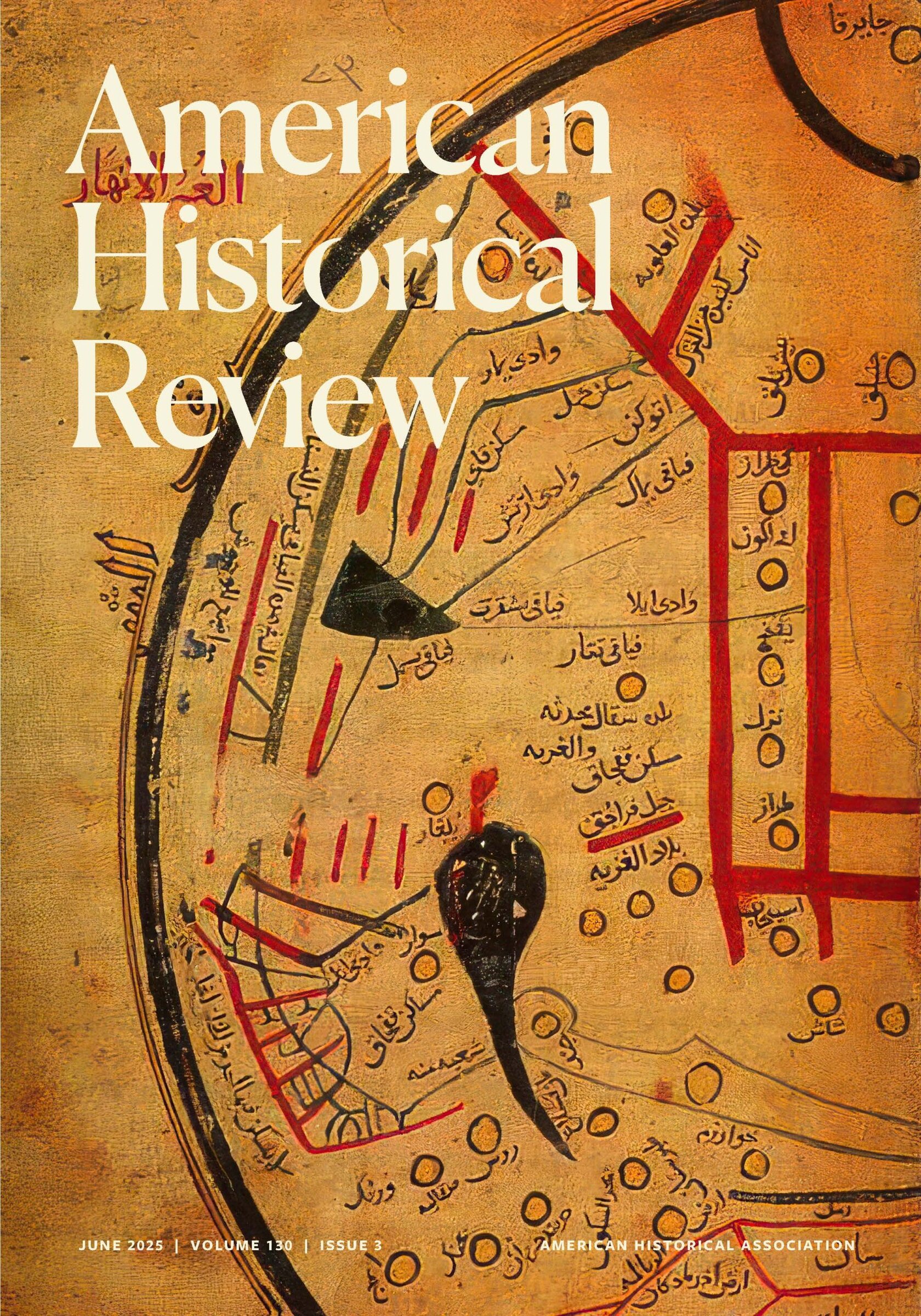Editor’s Note: This is an excerpt from a report prepared by Carla Hesse (Univ. of California at Berkeley) on behalf of the AHA Committee on Women Historians (CWH). Hesse served on the CWH from 1993 through 1995, She received assistance from Katharine Norris and Gail Phillips in preparing the report, which is available in pamphlet form at no cost and on the AHA World Wide Web page. For details about the pamphlet, contact AHA Publications Sales, 400 A St., SE, Washington, DC 20003, (202) 544-2422.
Recent National Research Council Summary Reports of Doctoral Recipients from United States Universities (1991, 1992) demonstrate that a commitment to the principle of “affirmative action” works. As a consequence of affirmative action policies the percentage of women and minorities in the historical profession increased dramatically in the 1970s. Since 1980 the number of women has continued to rise while the gains of minorities have leveled off considerably. The American Historical Association remains committed to the goal of enriching the profession of history through the continued diversification of its practitioners. The main obstacle toward that end remains the small pool of minority Ph.D.’s. Every effort should be made to increase these numbers. Given the current underrepresentation of minorities in the larger pool of history Ph.D.’s, affirmative action policies are still one of the most effective mechanisms (along with scholarship programs) to remedy the problem of underrepresentation.
The American Historical Association’s Report on the Status and Hiring of Women and Minority Historians in Academia has been prepared by the Committee on Women Historians in consultation with the Professional Division, and has been endorsed by the Council. It is designed to provide useful information by which history departments may measure their progress in providing equity for women and minority historians.
Appointments and Tenure
According to the most recent National Research Council (NRC) Summary Reports (1991, 1992) in 1992, American universities produced 725 new history Ph.D.’s; of these, 34.2 percent were women.
Unpublished NRC data from 1991 reveal that women constitute 18.7 percent of all history Ph.D.’s (granted 1956-91) with academic employment Among males with academic employment, 69.6 percent are tenured, compared to 48.1 percent of women, Women are more than twice as likely as men to hold non-tenure-track jobs (4,2 percent of men compared to 9,9 percent of women), Based on data from a survey sent to U.S. history departments listed in the 1994-95 edition of the Directory of History Departments and Organizations in the United States and Canada, part-time historians are almost twice as likely to be male as female, but women account for a higher proportion (35 percent) of part-time than full-time faculty.
Recent Ph.D.’s, Women comprise 33.3 percent of academically employed historians with Ph.D.’s granted between 1986 and 1991. (For the percentage of doctorates earned by women in those years see priority 2 below.) Among women, 80.8 percent hold faculty positions, as compared to 84.5 percent of men. Women remain underrepresented at the level of full professor—4.8 percent of men hold this appointment, compared to 0.2 percent of women—and overrepresented in adjunct positions—only 1.9 percent of men hold this status, compared to 4.9 percent of women.
At the entry level, there is evidence of growing equity, In the 1991 NRC survey, women represented 33.3 percent of academically employed history Ph.D.’s who had received their doctorates within the past five years, and in this cohort, slightly more women than men held tenure-track positions (59.1 percent of women; 58.2 percent of men).
For the cohort six through fifteen years since Ph.D., women represented just 26.6 percent of all academically employed historians; fewer held tenure (60.4 percent of men; 53.4 percent of women); and more occupied non-tenure-track positions (10.9 percent of women; 6.0 percent of men). For the cohort 16 through 35 years since Ph.D., women represented 12.4 percent of all academically employed historians, with 66.9 percent having tenure, compared to 84.9 percent of men. In this cohort, 3.3 percent of untenured women occupied tenure-track positions (1.8 percent of untenured men in this cohort are in tenure-track jobs).
Priority 1: To Maintain Progress toward Equity in Employing Women in Academic Positions
Since women constitute 34 percent of current history Ph.D.’s (1992)—they have comprised over 30 percent of all history Ph.D.’s since 1975 and about one-third of Ph.D.’s each year since 1984—departments should attempt to reflect these figures in their permanent tenure-track appointments.
In seeking candidates, departments should recognize that historians of women are also specialists in traditional chronological and geographical fields.
Priority 2: More Rapid Promotion and Tenure for Women Historians
Even if every third or fourth grant of tenure were to go to a woman this policy would produce only a very modest increase in the absolute numbers of women among all tenured historians. Departments should continue to remain attentive to the goal of gender parity in making tenure decisions.
This goal will be easily achieved by those departments that already have a high proportion of women in untenured or tenure-line positions. Success will, however, require more effort by departments that lack women in the tenure “pipeline.” Current evidence supports cautious optimism about the expansion of the job market in the 1990s; departments should use new positions as opportunities to redress imbalances and to recruit women into tenure-track positions.
In undertaking affirmative action, departments should keep in mind the percentages of women among history Ph.D.’s, as shown in the table below.
Priority 3: Recognizing Spousal/Partner Issues
Many candidates make career decisions within the context of committed relationships with spouses or partners with their own job and career concerns. To hire and retain strong faculty members and to ensure equal opportunity for women, some colleges and universities will need to begin to respond to dual-career couples with new institutional policies. The Committee on Women Historians continues to discuss possible guidelines that would recognize the complex issues of affirmative action and department autonomy. Although no gender-specific statistical data is available about marital status of historians, the committee is concerned by the continuing lack of gender parity in the statistics on part-time employment, suggesting that women more often than men are compromising full-time careers to accommodate spouses and partners. Departments, and institutions more generally, should think creatively in assisting and accommodating relationships in hiring and retention procedures.
Salary
The incomplete data on salaries suggest a pattern similar to that found in employment. Recent women Ph.D.’s enjoy a more favorable position relative to their male counterparts, one approaching—and in some cases exceeding—equity. But salary inequities between men and women increase with the number of years since the Ph.D. Overall, full-time employed women Ph.D.’s in the humanities make 87 percent of men’s salaries. In four-year colleges and universities, women Ph.D.’s make 84 percent of men’s salaries.
Priority 4: Redressing Salary/Pension Inequities
Departments should consider measures to redress historic inequity in male and female salaries. Percentage raises mean that existing inequities grow greater each year and continue into retirement, leaving women with smaller pensions. Salary committees, department chairs, and college and university administrators should support lump-sum adjustments for senior women to bring the salaries and pensions of women into line with those of comparable male colleagues.
Minorities and Women
Minority women and men are still deplorably scarce among history Ph.D.’s, as is made dear in new data from the National Research Council (8.2 percent of 1991 Ph.D.’s). Data show low percentages of minority Ph.D.’s and the absence of sustained improvement since 1975—especially notable is the lack of positive change in the late 1980s when the number of history Ph.D.’s overall increased significantly.
Contrary to a commonly voiced notion of minority women’s advantage in the profession relative to minority men, NRC data show that women hold 38.6 percent of Ph.D.’s granted to minorities in 1991.
In 1991, 44 history Ph.D.’s were granted to minority persons. Of that cohort, 17, or 38.6 percent were women. Minority persons represented 8 percent of all history Ph.D.’s (n=552); minority women were 3.1 percent of all history Ph.D.’s and 8.1 percent of all female Ph.D.’s.
In 1975, 90 percent of Ph.D. recipients were white compared to 88.9 percent in 1991.
Priority 5: To Create a Critical Mass of Minority and Women Historians
Given the dramatic lack of change overall in the percentage of minority Ph.D.’s since 1975, departments should implement measures to increase the number of minority graduate students in history. It is crucial that history departments recruit minority women for their graduate programs and support their doctoral work. In light of the changing legal climate, departments need to insure equity in the distribution of fellowships and teaching assistantships. Furthermore, to increase the pool of minority women in graduate programs, departments should take active steps to encourage minority undergraduates to go on to graduate school.
The complete statistical data prepared for this report is available, upon request, in numerical form from the Committee on Women Historians. Contact Committee on Women Historians, American Historical Association, 400 A St., SE, Washington, DC 20003.


